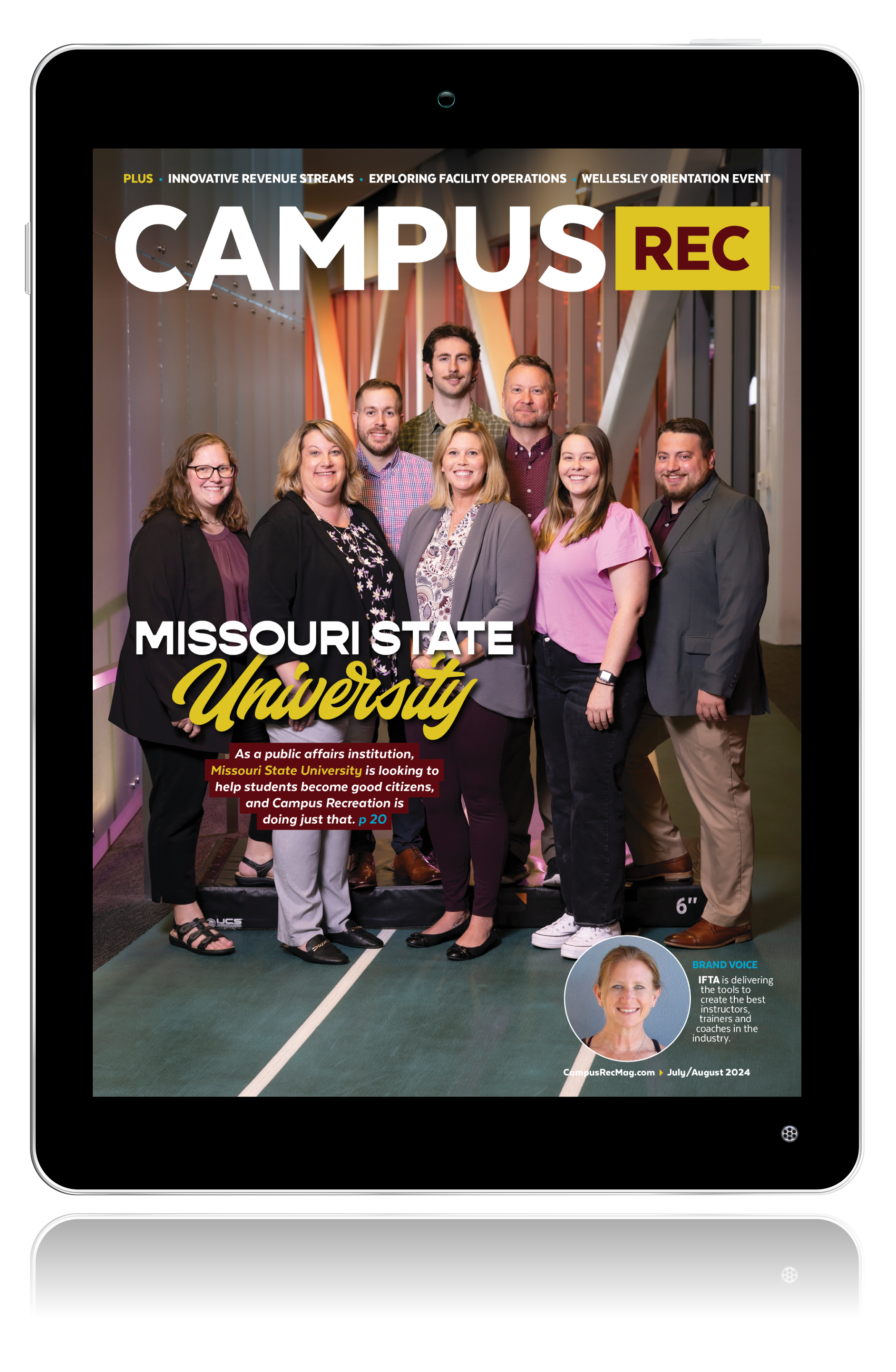When it comes to creating a campus culture, the design of a school’s physical environment is just as important as its academic and extracurricular offerings. Architecture is a powerful tool that shapes and influences how students interact, move around and experience their university. Through thoughtful design, campuses can create an atmosphere that fosters learning and collaboration, while also providing students with a sense of safety, belonging and community.
Public Spaces
Design elements like pathways, green spaces and seating areas all have the potential to add to campus culture. Pathways give direction and structure to the space while green spaces provide a break from the stress of everyday life. Public spaces help facilitate student interaction, while seating areas are a great way to create places for people to socialize and study. Making public spaces accessible provides an inclusive environment for everyone, regardless of age or ability. Areas like these help foster a sense of community and connectedness by providing a space for students to come together and share ideas, engage in dialogue and build relationships.
Flexible Learning Areas
Design plays a key role in setting the tone and creating an atmosphere that encourages collaboration, creativity and engagement among students and faculty. The key to flexible learning areas is ensuring there is ample space for different activities. This means providing a variety of seating options for collaborative work or comfortable sofas for lounging. It also includes partitions for privacy or large whiteboards for brainstorming. By providing students with the opportunity to customize their learning space, they have a greater sense of ownership and responsibility toward their education. Ultimately, flexible learning areas are essential for creating an effective and meaningful environment.
Locker Room and Team Spaces
To design these spaces, architects need to understand the school and program’s philosophy on an intimate level. The flow and function of these spaces are crucial to the overall success of a program. Architects need to consider how they will structure the space to facilitate interaction among players and coaches, while also allowing for privacy. Lighting can be used to great effect to alter the atmosphere of the space and create the right feeling for athletes
Beyond the practical considerations of flow and lighting, these spaces provide an opportunity to weave in the traditions and culture of the team. The form of the space can be used to evoke certain emotions and a sense of pride. From color schemes and decorations to furniture selection, it’s important to consider how these decisions can affect team morale and performance. By understanding the program’s philosophy, and paying attention to flow, lighting and decor, spaces can promote growth and success.
Fawley Bryant is a full-service, integrated architecture firm with a strong focus on campus athletic planning and design, building state-of-the-art facilities that solve design limitations and deliver on today’s expectations. From student unions to sporting venues, its partnership-driven approach helps projects of all sizes reach a seamless solution. Visit fawleybryant.com to learn more.










